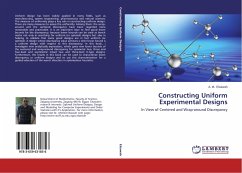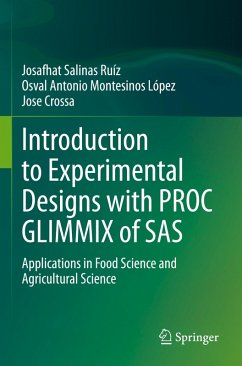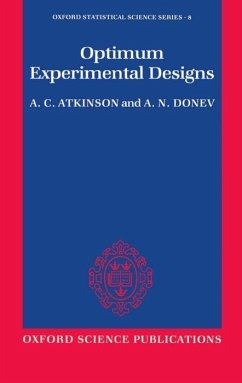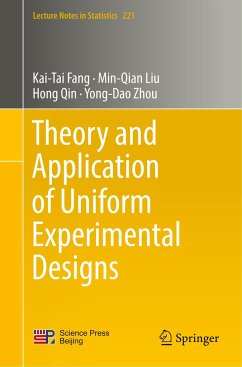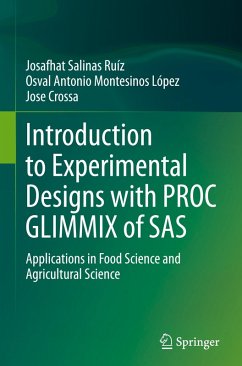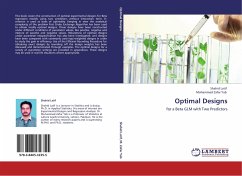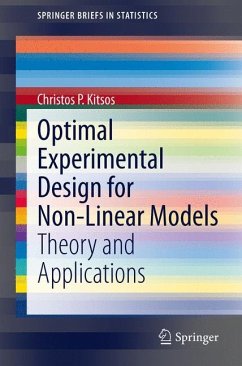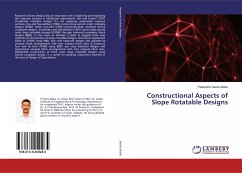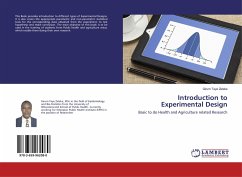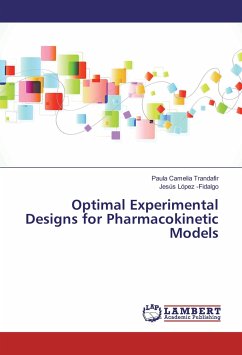
Optimal Experimental Designs for Pharmacokinetic Models
Versandkostenfrei!
Versandfertig in 6-10 Tagen
25,99 €
inkl. MwSt.

PAYBACK Punkte
13 °P sammeln!
In this book we provide extensions to experimental designs based on variations of the Michaelis-Menten model used in the study of pharmacokinetic processes. New optimal designs have been found for the modification of the Michaelis-Menten model consisting of adding a linear term to the initial model. In the homoscedastic and heteroscedastic cases are obtained the D-optimal designs. The concept of T-optimality is used to deal with the problem choosing a model before having the data, as opposed to after performing a statistical hypothesis test. We obtain T-optimal designs for discriminating betwe...
In this book we provide extensions to experimental designs based on variations of the Michaelis-Menten model used in the study of pharmacokinetic processes. New optimal designs have been found for the modification of the Michaelis-Menten model consisting of adding a linear term to the initial model. In the homoscedastic and heteroscedastic cases are obtained the D-optimal designs. The concept of T-optimality is used to deal with the problem choosing a model before having the data, as opposed to after performing a statistical hypothesis test. We obtain T-optimal designs for discriminating between two homoscedastic models with normal distributions. We have found, by extrapolation, a new criterion for discriminating between two non-normal models, which we have called the KL-criterion, seeing as it is defined in terms of the Kullback-Leibler distance. It is applied to discriminate between a Michaelis-Menten model and its modifications, where the former has a log-normal distribution and the latter a gamma distribution. The KL-criterion generalizes the previous criteria found in the literature for multi-response heteroscedastic models as well as for binary and generalized models.



